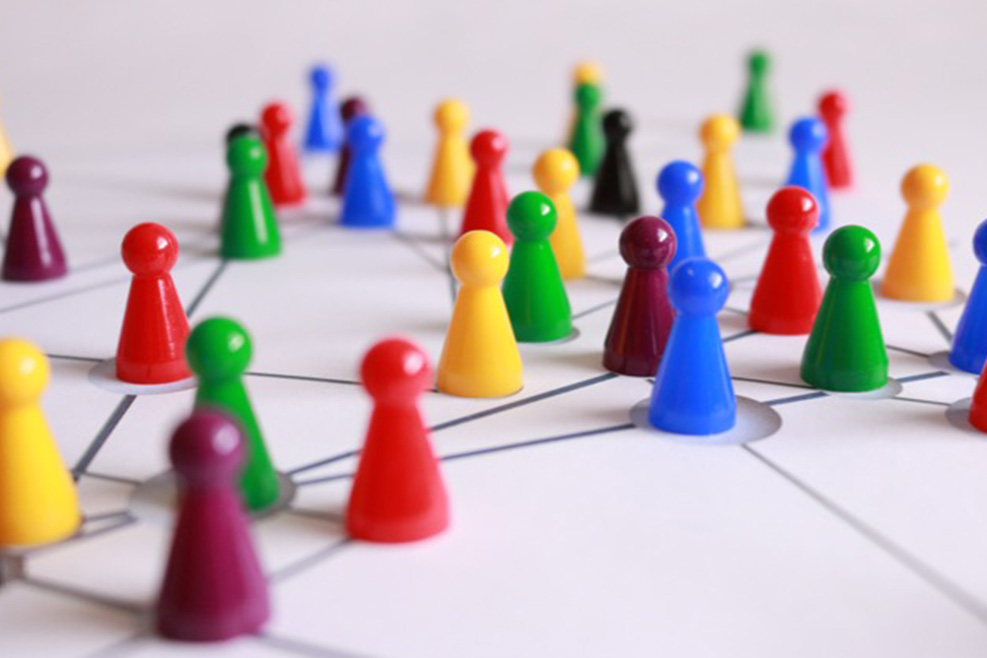Giovanna Benedettelli – FuturingYOU, HR Business Advisory.
Gamification is a recently popular tactic that enables greater employee engagement by making work projects and activities fun and rewarding.
By introducing game elements to employee/manager dynamics, an increase in productivity and workforce engagement has been observed, especially in those contexts where people often work remotely.
Benefits of gamification
The benefits can be remarkable, especially if gamification is combined with workforce training. Adding gamification to employee onboarding, to planned courses to facilitate induction, may reduce staff turnover and generate a more engaged workforce.
- Learning is fun and engaging
One of the main obstacles to learning is personal interest in contents. According to training experts from various schools and universities, gamification techniques – such as interactive images and infographics – might help retain more information than traditional methodologies. - Reduces employee stress
In a survey conducted by ‘TalentLMS’ on ‘Gamification at Work’, more than four-fifths of the respondents said that gamification makes them more fulfilled and productive at work. There is no doubt that stress leads to dissatisfied employees, whereas employee performance increases when they feel less pressured and more relaxed. - Targeting a younger workforce
The younger, digitally native generations are particularly receptive to innovative motivational and behavioural models. Gamification is therefore particularly appropriate for those organizations investing in continuous training, focusing on improving productivity and mainly recruiting staff belonging to the younger generations.
Best practices for internal gamification
The basic concept of gamification is to introduce a competitive element into employees’ activities, using public recognition and rewards to encourage them to meet personal and corporate goals. For example, in gamification for marketing, these systems usually involve earning money – such as points or badges – in exchange for tangible rewards (gift cards, discount vouchers, etc.) or intangible rewards (a charitable donation, an extra day’s holiday, etc.).
- Define and measure company progress
People need to know what they are working on and what they have to do to reach a goal. It is therefore essential to continuously communicate with your employees, sharing business goals and also how they will be measured.
Having a good visual representation of employee rankings and consistent KPIs will encourage teams to reach the top. - Provide quick feedback on results
Sports teams and every video game use instant feedback to stimulate players to improve their performance. Likewise, if you use gamification techniques, results should be shared in real time or at least in a short period of time. An efficient feedback cycle will help your programme to be successful.
Why does gamification work?
Gaming is one of the most natural ways to learn, which is why gamification really helps in training and engaging employees, facilitating focusing on results and making learning fun and attractive.
Gamification is effective when properly used. It is important to create a healthy sense of competition. Each person learns at a different speed, and a ‘competition’ can be discouraging for those who are slower. Excessively demanding rankings may be demotivating; the same happens if only one leader is rewarded and other team members are excluded.
“Play is the greatest medicine.”
LAO TSE



